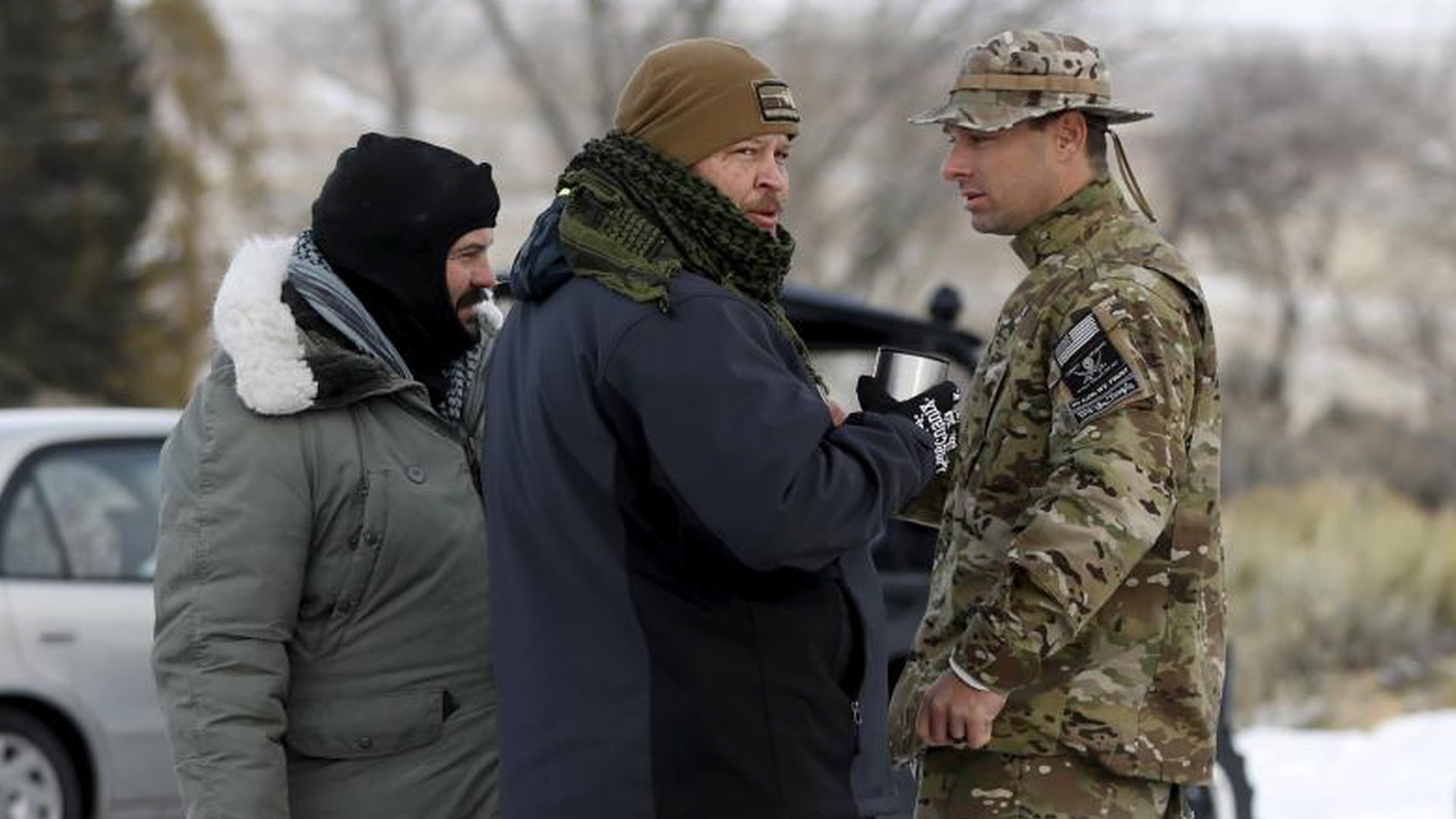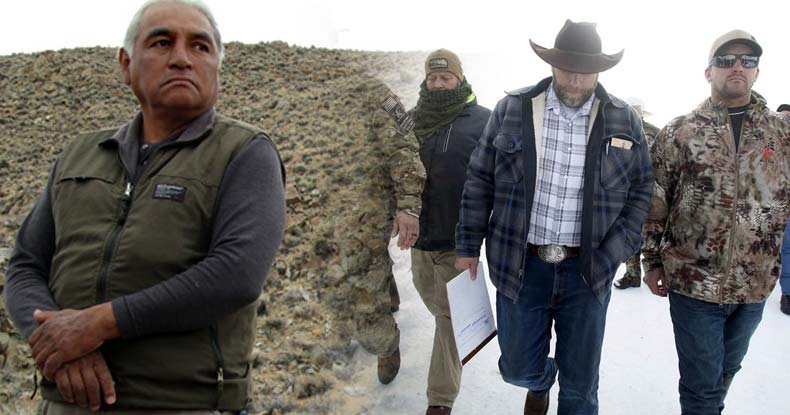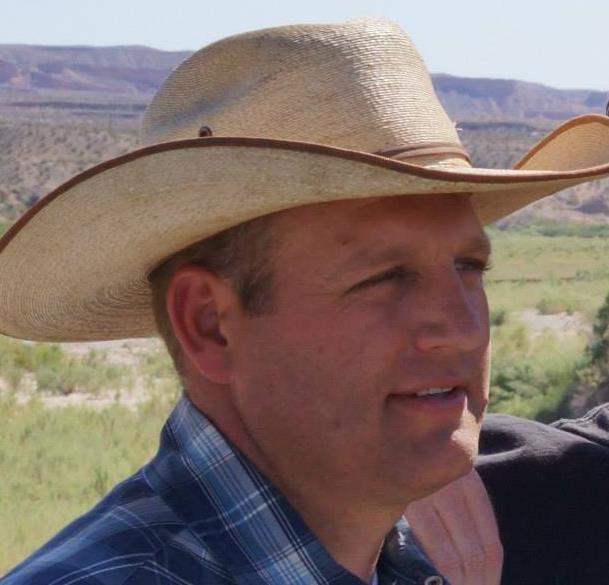David Alpher, George Mason University
After a weeks-long standoff with federal and Oregon state police, 16 members of the Malheur National Wildlife Refuge occupation have been arrested, one wounded and another killed. The occupation’s leaders, Ammon and Ryan Bundy, are among those in custody.
Although some of the foot soldiers remain on federal land, the occupation’s end is inevitable. But the end of the siege will do nothing to reduce the increasing threat from America’s radical right wing.
The official response to both this current takeover and last summer’s standoff at the Bundy ranch in Nevada has been subdued. Given that in both cases the radicals were heavily armed and threatening to kill anyone who tried to arrest them, the fact that only one militant has lost his life is startling.
I have spent 14 years studying terrorism and extremism in conflict. The militants in Malheur aren’t, in my view, currently terrorists, but groups like theirs have performed acts of domestic terrorism in the past. I believe the country’s leadership needs to work quickly to stop that from happening again.
‘Act or do nothing’ is a false choice

Burns resident Jen Hoke. Burns, Oregon, January 30, 2016.
REUTERS/Jim Urquhart
Restraint is certainly preferable to the violence of the federal actions at the compound of Randy Weaver in Ruby Ridge, Idaho and the Branch Davidian cult’s compound in Waco, Texas in 1992 and 1993, respectively. Each of those cases began as investigations into the sale or possession of illegal firearms and escalated into sieges involving multiple agencies.
In Waco, the siege ended with a full-scale assault on the compound, four federal agents killed and 16 wounded. Eighty-two members of the Branch Davidians were killed, including 17 children.
Ruby Ridge ended with a U.S. marshall killed along with two members of the Weaver household, and two more wounded. One of the dead was Weaver’s 14-year-old son, and one of the wounded was his pregnant wife.
Two years later, Timothy McVeigh bombed the Murrah Building in Oklahoma City, killling 168 and injuring more than 600 others, in retaliation for Waco and Ruby Ridge.
The comparative restraint demonstrated recently at the Bundy ranch and Malheur suggests the government has taken a clear lesson to heart: there are more militants out there, and they are watching.
Double standard
Unfortunately there is also legitimate protest that had these armed occupiers been anything but white, we’d likely have seen far less restraint.
In 1985, Philadelphia police responded to the occupation of a house by the black power group MOVE by dropping a firebomb that ultimately killed 11 people and left another 250 homeless. In 1973, the occupation of Wounded Knee by the American Indian Movement resulted in federal troops called up on American soil and ended with two dead and 15 wounded. More recently, we saw a militarized police reaction to a series of racial protests following the killing of Michael Brown in Ferguson, Missouri.
Even noting the double standard, the degree of restraint shown in Malheur is still admirable. The current U.S. domestic strategy for countering violent extremism correctly recognizes that while violent or armed responses are occasionally needed, they are usually more effective at driving further violence than at ending it. Threat reduction should focus on preventing the cause of radicalization rather than attempting to crush the symptom. That means focusing on inclusive governance, ending social marginalization and focusing on community policing instead of violent reaction.
In the current political climate, however, restraint also has a dangerous edge. It gives the impression of leaving the field to emboldened extremists, who are now claiming victory. That’s a dangerous precedent, especially as such groups are showing a shift toward direct action that the U.S. hasn’t seen for a long time.
Right-wing extremists are on the rise domestically, becoming more active and far bolder than they used to be.
The diversity effect
Between President Obama’s election in 2008 and 2012, the Southern Poverty Law Center reports that the number of right-wing extremist groups operating in the U.S. increased by over 800 percent. While we’ve seen a slight decrease over the past year, the U.S. now faces a perfect storm of conditions for resurgent growth.
As the tone of the presidential election has proven, the prevailing American emotion is anger. Mistrust of government is at record high levels, along with several beliefs that make the problem worse.
First is the belief among extremists that the government is not simply untrustworthy but actually an enemy.
Second is the belief that anyone who supports the other side is the enemy as well.
In addition, the perception by the Christian right wing is that they are fundamentally threatened with extinction by changing American demographics.
And the double standard in federal response to extremism on the left and right is driving an increase in tension on the nonwhite side as well.
It could get worse
All of this amounts to fertile ground for growing extremists. The presidential election is only adding fuel to the fire.
A Hillary Clinton victory would be seen by right-wing radicals as entrenching the same liberal sentiments that extremist organizations like the Oath Keepers – involved at both the Bundy ranch and Malheur – already hold up as the enemy. Bernie Sanders calling himself a socialist makes him seem even more alien.
On the Republican side, GOP candidates and officeholders alike have failed to condemn the occupiers. At least one – Representative Andy Holt of Tennessee – has made explicit statements of support. Not only does this legitimize the right wing, but it also sends an ominous message to non-Christian and nonwhite America.
The GOP as a whole has become more radical from top to bottom – to the point where an article written in bipartisan collaboration between Thomas Mann and Norman Ornstein (the former with the liberal Brookings Institution, the latter with the conservative American Enterprise Institute) labeled the entire party an “insurgent outlier” in American politics.
The party faces a growing divide between its white, Christian base and a population that bears it less resemblance by the year. They have sought to bridge that divide by inviting more and more of their own fringe to the table, to the point where extremist “sovereign citizens” and “patriot militias” now find themselves close to the party’s mainstream. Nativist xenophobia coming from the GOP presidential candidates lends an air of legitimacy to language that should have been universally denounced as political extremism long ago.
All of this means that the U.S. government finds itself in a catch-22: becoming more assertive, having previously backed down, is likely to fuel aggression from right-wing radicals. On the other hand, if the government doesn’t become more aggressive, the trend toward direct action will continue.
Victory means navigating the narrow ground between violence and capitulation. It means avoiding the double standard and applying consistent restraint to everyone, regardless of color or religion. The perfect storm can still be averted, but course corrections need to be set in motion as soon as possible.
There is little more dangerous than an extremist who feels betrayed, as Timothy McVeigh taught us.
![]()
David Alpher, Adjunct Professor at the School for Conflict Analysis and Resolution, George Mason University
This article was originally published on The Conversation. Read the original article.




